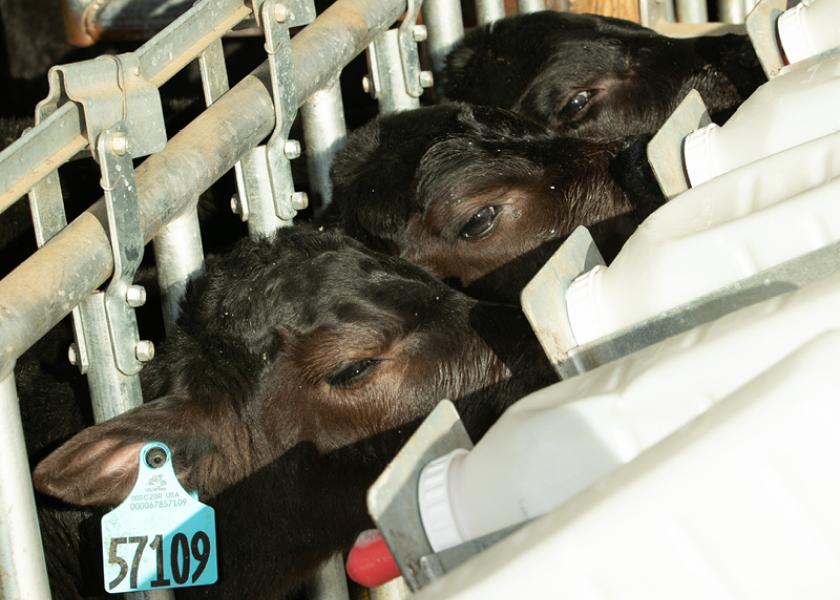Get Further Faster With Beef Genetics

At a time when dairy producers are faced with unprecedented challenges, many are looking at every angle to maximize profitability while planning the herd for the future. Incorporating beef genetics into a dairy herd can do just that.
As more sexed semen is used on the best females, replacements are born from the highest genetics in the herd, explains Dr. Matthew Cleveland, director, Global Beef Product Development, ABS Global. This creates an opportunity to use the lower genetic quality females to either be bred with conventional dairy units, which produces a female that is not desirable for the herd genetic goals or a male dairy calf that goes into the beef supply chain. A better option could be incorporating beef semen into the breeding program. Here are three reasons beef semen can be a good fit for a dairy operation.
- Sign up below to get more beef on dairy information -
Increase genetic progress. Using beef semen on dairy cows is a great way to increase genetic progress. Producers want heifers from the best genetics, usually the youngest heifers in the herd, but mature cows are usually the best producers. Using beef genetics on the mature cows allows dairy farmers to get a profitable beef sired calf from the best producers in the herd and to use sexed semen on heifers to generate future herd replacements, which represents the best genetics the herd has to offer.
Reduce heifer inventories. Raising heifers is expensive. Using beef semen allows producers to only raise the total number of heifers needed for future replacements. In turn, this reduces heifer raising costs by only creating the right amount of heifers and creates an opportunity for more revenue from the beef cross calves.
Market higher value calves. In recent years, the beef market has begun to significantly discount dairy bull calves, even to the point that some supply chains in North America will no longer accept them, Cleveland explains. An alternative is to create a high-quality beef animal using superior beef genetics on the bottom end of the females, rather than using conventional dairy semen, and receive additional value from what would have otherwise been a low- or no-value calf.







